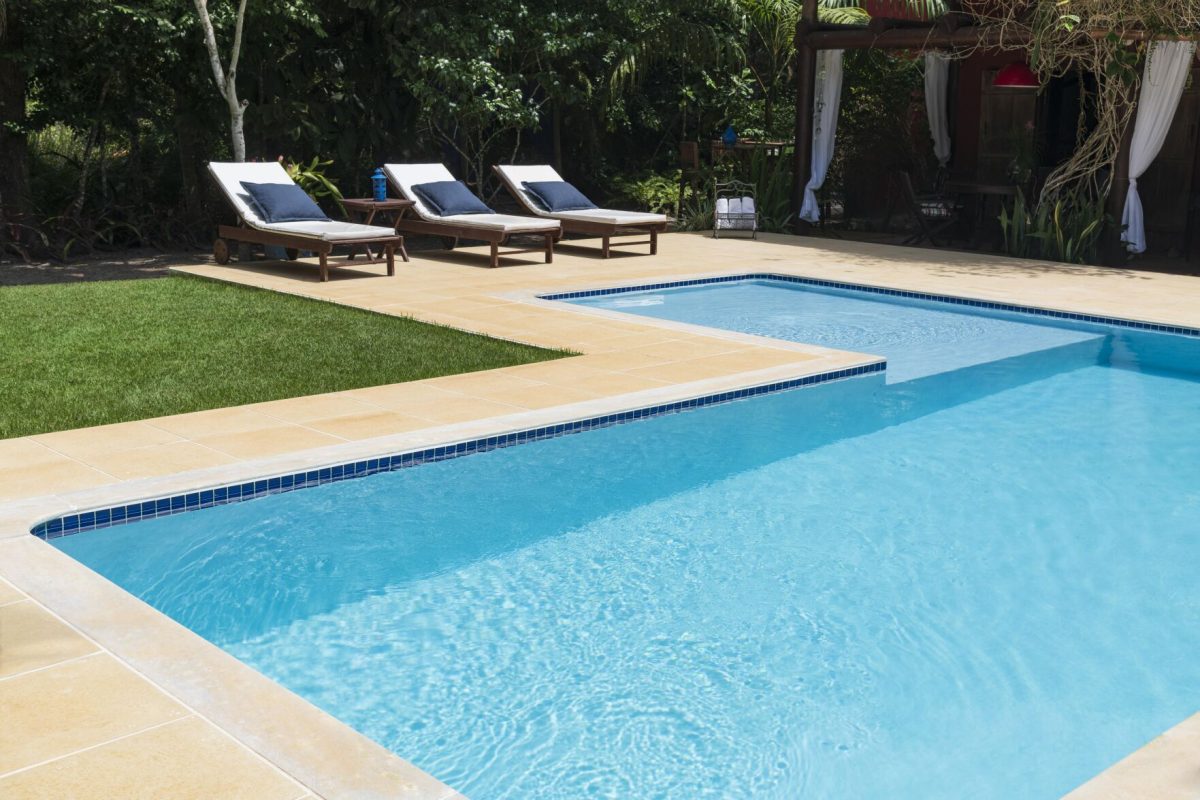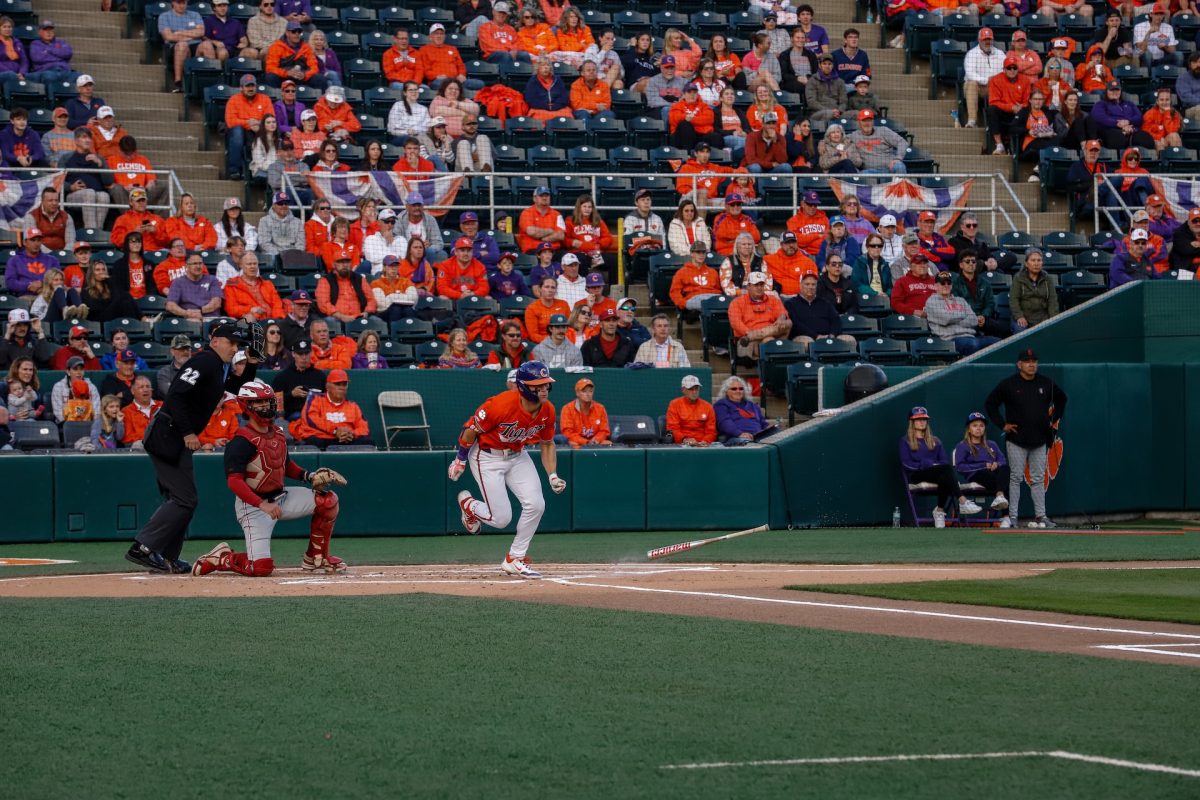(David Van Brunt) – With Memorial Day and the official start of summer upon us, it’s time to get pools prepped for the swim season. However, as eager as you are to jump in, opening a pool is more complicated than simply removing the cover and topping off the water level.
– With Memorial Day and the official start of summer upon us, it’s time to get pools prepped for the swim season. However, as eager as you are to jump in, opening a pool is more complicated than simply removing the cover and topping off the water level.
The steps to get your pool ready for swim season range in complexity depending on your location. If you live in a cold winter climate and fully or partially winterize your pool, the pool opening process can take up to two days. So be patient and plan accordingly.
Following the right procedures is important to keeping the water safe, protecting swimmers, and preventing damage to the pool and equipment. Always carefully read and follow product label instructions, which include details for correct handling, storage, dosing, and application. Remember to never mix chemicals and allow ample time between different chemical applications.
Here are the 10 steps to follow when opening your pool in the spring:
- Eliminate excess water with a submersible cover pump then remove pool cover. Chances are that a fair amount of water and debris have built up on the cover over the winter, which makes it difficult to remove. We recommend using a submersible cover pump to drain the water off the cover before removing it. It’s best to use two people to remove the cover because it’s heavy and can spill debris into the pool.
- Store pool cover. After removing the cover, lay it flat and brush off any remaining water or debris. Let it dry. Before folding it, sprinkle it with Leslie’s Alkalinity Up or talcum powder to prevent mold and mildew. Fold the cover loosely, but carefully, to avoid rips. Store it in a cool, dry place, like a basement, garage, or storage shed to keep the cover in good condition for years to come.
- Remove winterizing plugs and replace drain plugs. If you use winterizing plugs to protect pool plumbing during the coldest months, now is the time to remove them from the pool inlets and outlets. If you used antifreeze to winterize the suction plumbing, discharge this to waste or backwash the filter to remove it. You can also use a wet-dry vacuum to remove antifreeze. If the water level is below the skimmer, add water to raise the level to normal (around halfway up the opening of the skimmer). Inspect and reinstall the drain plugs in your pump, filter, heater, etc.
- Prepare pool equipment. Reconnect the equipment you disconnected before the winter season, including the pool filter, pump, heater, automatic pool cleaner, in-line chlorinators, and any other devices. Then reattach any ladders, handrails, or other accessories. Lubricate O-rings, gaskets, and hardware with a silicone lubricant to keep them watertight. Once the pump is primed, set it to run continuously until startup is complete. Inspect the equipment for cracks or leaks and replace or repair, if necessary.
- Remove and prevent metal stains. Metals like copper and iron can build up over the winter and cause staining. One dose of Leslie’s NoMetal neutralizes the metals and prevents further staining of the walls and floor. It also prevents water discoloration caused by high metal content. If you notice any staining, you can treat the stain and remove any metals in the pool water with a CuLator No-Drain Metal Stain Kit.
- Test pool water. It’s important to test your water chemistry before adding any chemicals to know what’s needed and in what amounts. This can be done with a home test kit or by bringing a pool water sample into a store that tests pool water, such as Leslie’s, which offers a free AccuBlue 10-point water test and customized treatment plan in just 60 seconds.
- Balance water, start with Total Alkalinity. Once you’ve tested the water, it’s time to add balancing chemicals to adjust the chemistry. Always follow product label instructions. Keep your pump running at high speed until the chemical is fully integrated into the water, which can take four hours or longer. If your pool water is cloudy, running your pool pump continuously for 24–48 hours will help to clear it up. Don’t worry, your pool pump is designed to run 24/7 if needed.
Never mix chemicals or add more than one at a time. When balancing the water, always begin with Total Alkalinity, since it has a direct impact on pH levels. To raise your Alkalinity, add Leslie’s Alkalinity Up or Soda Ash. To lower the Alkalinity if it is high, add Leslie’s Dry Acid or Muriatic Acid. Note that these adjustments will raise or lower the pH, as well as the Alkalinity.
Once Total Alkalinity has returned to a range of 80–120 ppm, adjust the other chemistry levels. Test the pH level again since it likely changed after the Total Alkalinity adjustment. The recommended water balance ranges are as follows:
- Total Alkalinity: 80–120 ppm
- pH: 7.4–7.8
- Free Available Chlorine: 1–4 ppm
- Calcium Hardness: 200–400 ppm
- Cyanuric Acid: 30–100 ppm
- Brush and vacuum the pool. Thoroughly brush and vacuum the pool surfaces before shocking the pool water. This removes algae and bacteria from the walls and floor and lets the chlorine work most efficiently. Start brushing at the shallow end and move to the deep end. If possible, vacuum the debris directly to waste (if applicable) as this reduces strain on the pool filter. If you do this, replace any water that is lost. If you are not able to vacuum to waste, cleaning your pool filter after vacuuming up any dirt or algae is essential to a successful pool opening.
- Shock the pool. This is the final step for removing germs, algae spores, and other microorganisms. Shocking your pool is simply a term for raising the chlorine level, sometimes as high as 20–30 ppm. It is an important step if there is algae present in your pool; when present, algae quickly uses up chlorine in the water. Shocking your pool will ensure that your algae treatment is successful. Add the recommended dose of your chlorine product for your pool size to raise the chlorine level to 20-30 ppm. Run the pump for 24 hours, then test the Free Available Chlorine level to ensure it is in the 1–4 ppm range. If the level is at zero, repeat the shock process until your pool water can hold chlorine. Once you shock a pool, you must wait until the chlorine level drops below 4 ppm before swimming again. There are new products available today that reduce the wait time. For example, this chlorine-free oxidizing shock has a wait time of just 15 minutes, and is ideal for routine oxidation in pools with optimal Free Available Chlorine levels.
- Treat the water with algaecide, clarifier, and phosphate remover. After shocking the pool, run the circulation system overnight, then add algaecide the next day. Follow product directions on the algaecide product you are using. A dose of clarifier will clear up any haze, and weekly use of a phosphate remover will help prevent algae from starting. Depending on the condition of your pool, you may also need to backwash or clean your pool filter again. To help with making maintenance easy all season long, try Leslie’s Perfect Weekly or PoolRx+ to help prevent algae in your pool.
Important Note: It’s crucial to use pool chemicals, specifically sanitizers and algaecides, that have been tested and approved by the U.S. EPA, which is the federal agency that protects people and the environment from significant health risks, sponsors and conducts research, as well as develops and enforces environmental regulations. See this blog post for simple instructions on reading pool product labels for the proper EPA details.
Follow these 10 steps and your pool will be ready for the swim season kickoff. For pool owners in warmer regions who do not close their pool, you’ll execute an abbreviated version of these steps with a focus on steps 4–10, as needed. Then, inflate the pool toys and haul out the lounge chairs. Remember, following a regular pool maintenance program will help you avoid any expensive equipment or water balancing issues and let you get the most enjoyment out of your pool this summer.
David Van Brunt is the owner of Swimming Pool Learning and a pool service professional with over 30 years of experience. He created the No. 1 swimming pool channel on YouTube and hosts the “Pool Guy Podcast” and is also a Leslie’s Pool Pro Partner.









